Helmed by Lee Hae-young, Netflix’s ‘Aema’ tells the story of two actors, Shin Ju-ae and Jeong Hee-ran, who stand on opposite ends of the career ladder. Their paths cross during the production of the erotic movie ‘Madame Aema.’ When Hee-ran rejects the lead role, her producer, Ku Jung-ho, aggressively looks for a replacement and finds Ju-ae to be a perfect fit. With the two actors in one frame, collisions are inevitable, and neither of the two backs down from a challenge. However, they soon realize that they are in the same playing field, with greater forces controlling every single move they make. With an ever-complicating production at hand, both protagonist search for their own identity in an industry hell-bent on dominating them.
Aema is a Dramatized Retelling of the Production of a Real Movie
The story of ‘Aema’ is inspired by the production of the real-life South Korean film, ‘Madame Aema’, which broke ground as the first erotic production in the country following the relaxation of its censorship laws. The film itself was an adaptation of a novel by Jo Su-bi, and drew inspiration from the French movie ‘Emmanuelle.’ This rich filmic history was brought to the screen by writer Lee Hae-young with the creation of the Netflix mini-series. While it is informed by reality, the show makes many creative decisions of its own, expanding the scope of the narrative to chart the darker elements of the production. In doing so, the work also becomes a critique of the era it captures, using various storytelling devices to amplify its point.
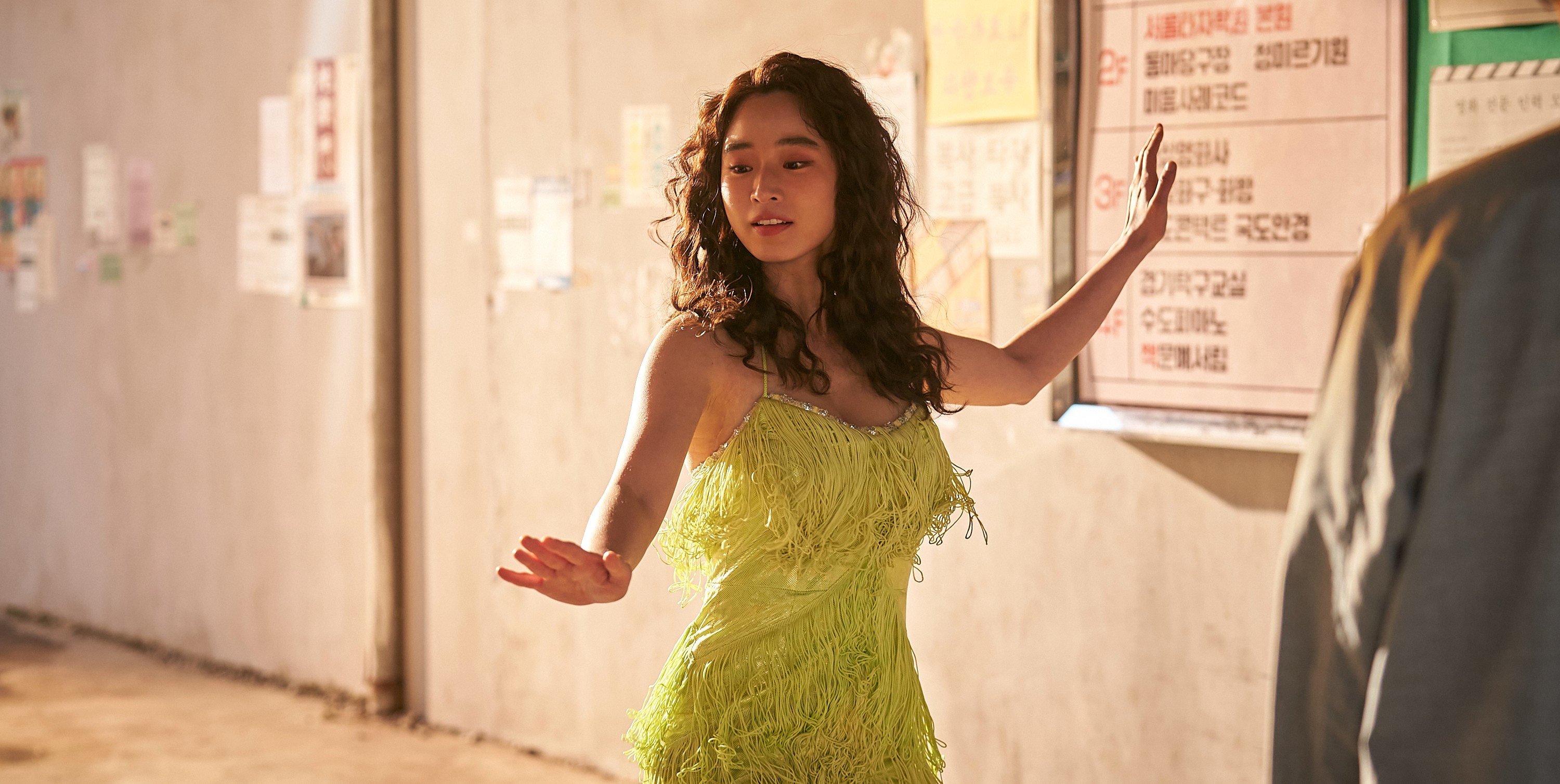
During a press conference in Seoul, director Lee Hae-young spoke about his motivations for his work and the background that led up to it. He stated, “Aema was an icon that embodied the desires of the times and the desires of the masses in the 1980s. But to have lived through that era as Aema meant constantly confronting and enduring deep prejudices and violent misunderstandings.” The director continued, “When I conceived this story, I thought of it as a way to support and give voice to the endurance of those who lived as Aema during that era.” As such, the series becomes a vessel that charts the rise of the erotic drama industry, while also shedding light on how it impacted the actors involved, on top of shaping the collective consciousness around such sensitive subjects.
The Real Madame Aema Was a Controversial Success
Released on February 6, 1982, the real-life ‘Madame Aema’ was an instant box-office success, while also attracting a myriad of reviews and criticisms. The film follows Aema, AKA Oh Su-bi, who is sexually frustrated due to her husband, Hyun-wu, being in prison. While she has a number of affairs in his absence, that does not deter her feelings for him. Things get even more complicated when she meets an art student, Kim Dong-yub. As their bond deepens, one of Aema’s past flings, Kim Mun-ho, is also introduced to the equation. Navigating an ever-expanding web of lust and romance, Aema struggles to confront what she truly wants. Hyun-wu’s subsequent release from prison, and how that affects the protagonist, makes up the bulk of the narrative.
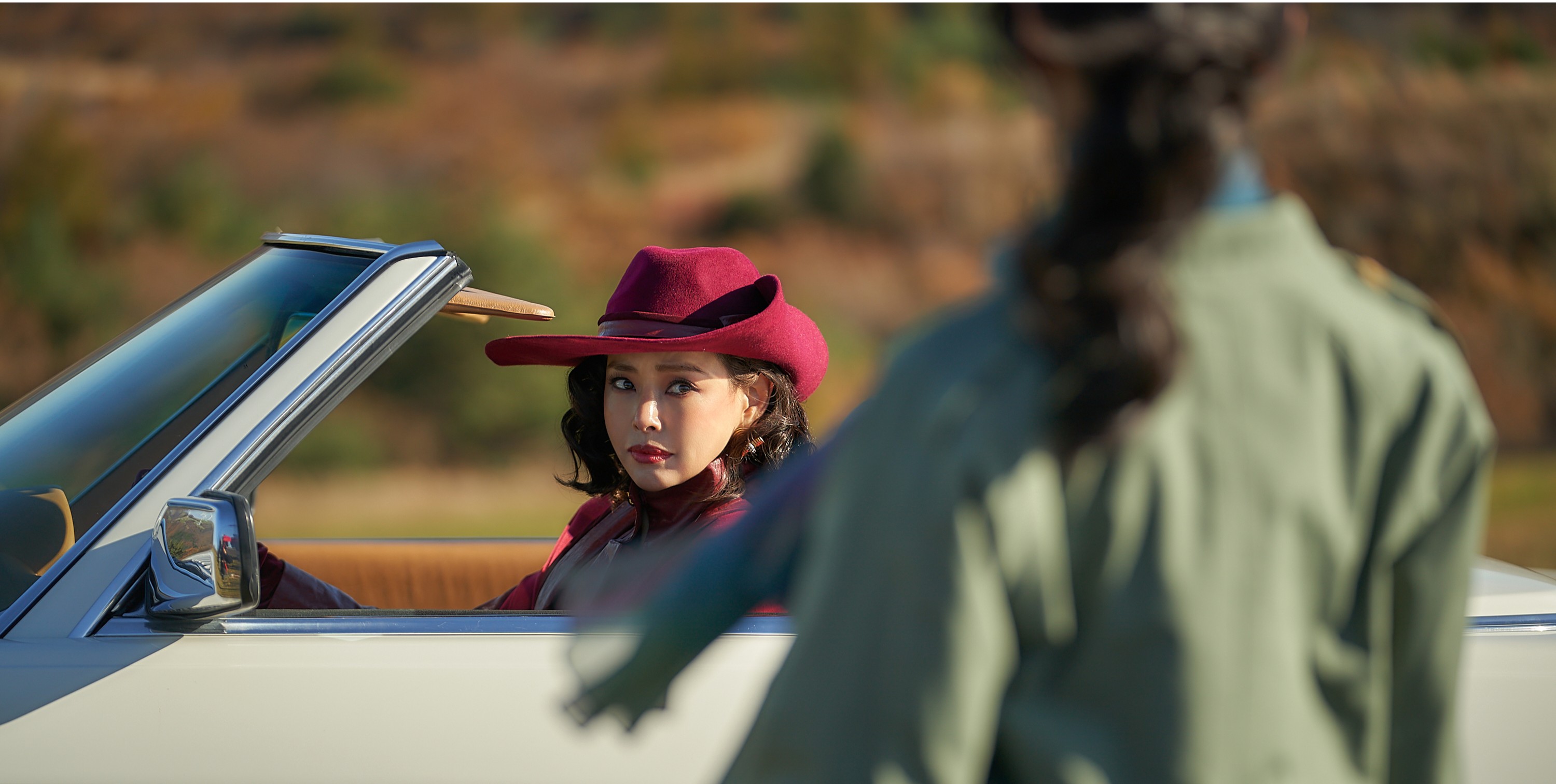
Although the film’s bold and provocative scenes were the subject of much discourse, it was notably not the cause of much censorship. Instead, the board’s primary concern appeared to be the title of the movie. Pronounced ‘Aema Buin’ in the original language, the title was, in fact, made of Chinese letters, with the words for “Love” and “Horse” being mashed up together. This alludes to the protagonist’s love for horse riding, which itself serves as an innuendo. In accordance with the Censor’s demands, the title was then changed to replace the word for horse with Hemp. The result, literally meaning “Hemp-Loving Lady,” still managed to maintain the sonical wordplay due to both words having a similar sound. The movie went on to sell hundreds of thousands of tickets, becoming one of the biggest hits of its time.
Aema Takes Some Major Creative Liberties in Its Storytelling
While the wordplay from the title of ‘Madame Aema’ is incorporated in the Netflix counterpart, the show also adds the element of censorship troubles to add zest to the narrative, with the in-universe creators having to find loopholes during the filming process. In reality, the lax censorship laws were influenced by a number of geopolitical factors. In particular, the 1980s saw the government launching a “3S” scheme, standing for sex, screen, and sport. This increased the inflow of media in the country, leading to a creative boom soon after. ‘Madame Aema’ was one of the pioneers in this process, as its success led to the release of a number of similarly themed erotic dramas. ‘Madame Aema’ itself spawned no less than 10 sequels, cementing itself as one of the longest-running series in the South Korean film industry.
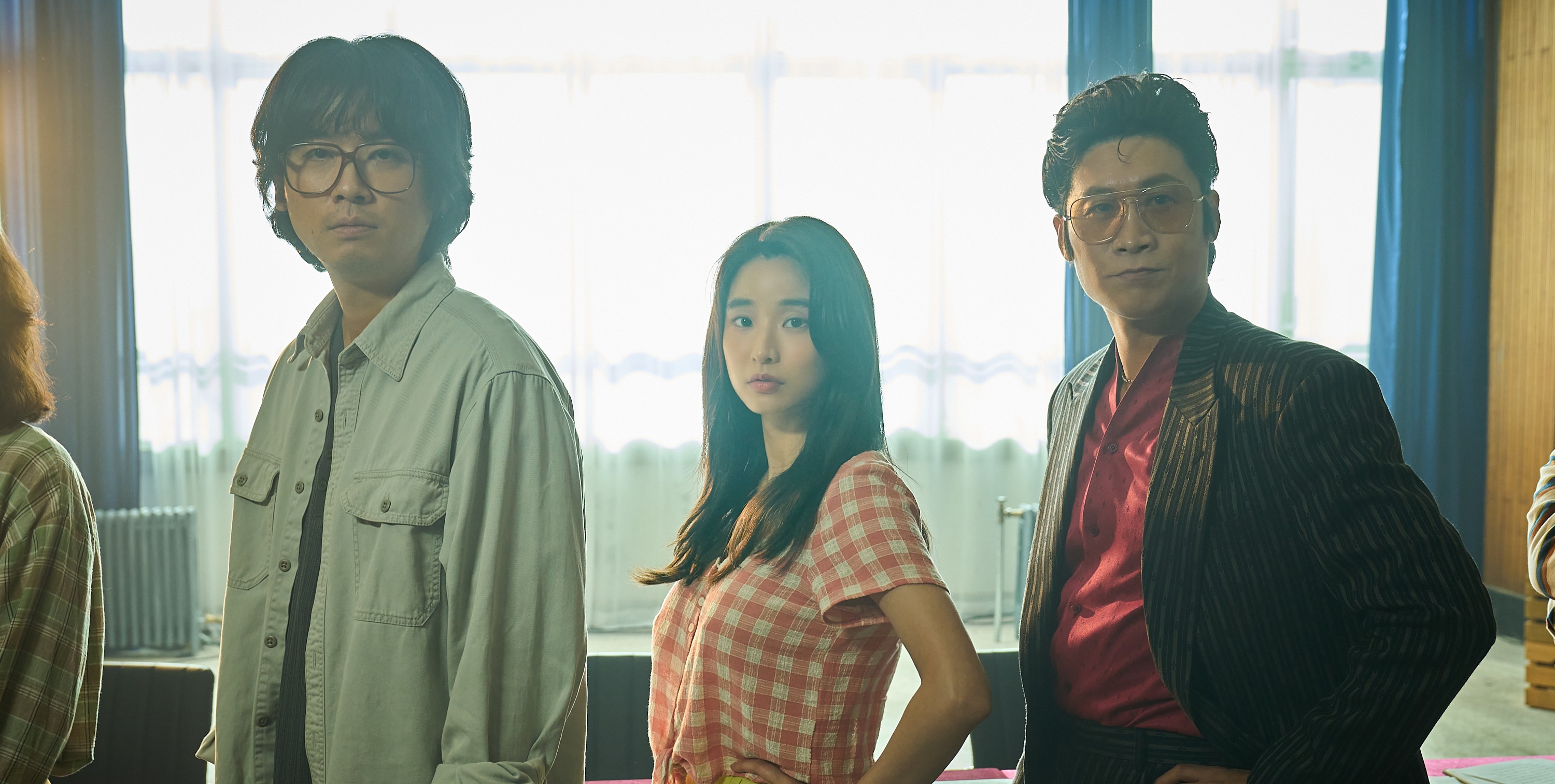
In addition to the differences between the real-life production and its portrayal in ‘Aema,’ many points of divergence can also be located in the characters. While the original ‘Madame Aema’ was directed by Jeong In-yeob and produced by Choi Chun-ji, the show’s version of the movie is helmed by a character named Kwak In-u and produced by Ku Jung-ho. These two take center stage in the narrative alongside the two actors, and their respective journeys are likely fictional in nature. This is substantiated by the fact that Kwak In-u is also the writer of ‘Madame Aema’ within the story, and the ups and downs in his process become the defining feature of his arc. In reality, the 1982 film was penned by Lee Mun-woong, with the original source being Jo Su-bi’s novel.
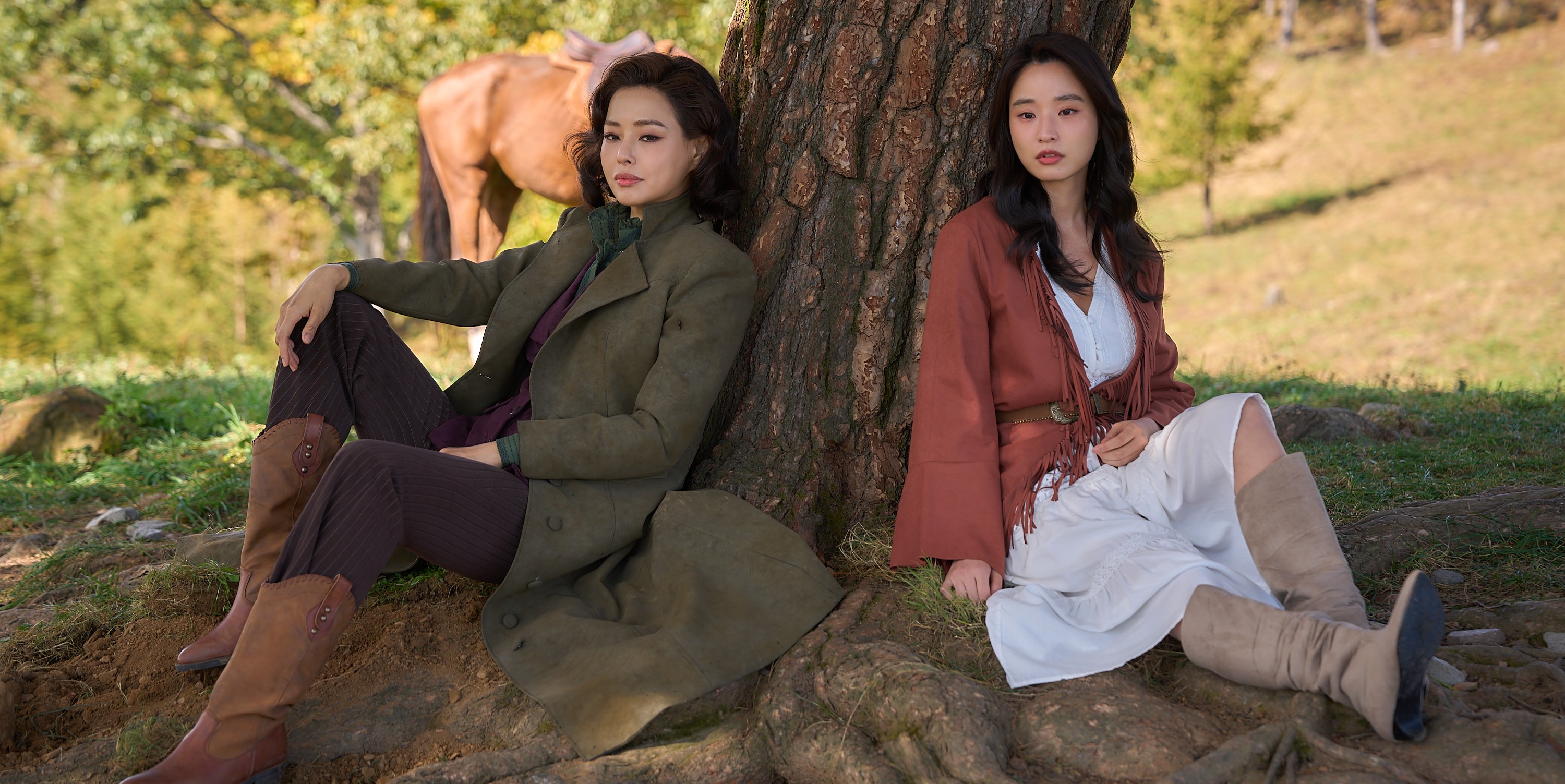
The same also holds true for the protagonists of ‘Aema,’ Jeong Hee-ran and Shin Ju-ae. While the former is a big star in the industry, the latter is a budding actor making her debut, and their clash is at the heart of the story. Within the series’s version of ‘Madame Aema,’ they play Eriko and Aema, respectively. However, this appears to be a purely fictitious addition, as the former, as a character, does not exist in the real-life movie. Additionally, while the film was Ahn So-young’s claim to stardom, it was not her debut project. As such, it appears that both the protagonists of the mini-series only borrow minor elements from their real-life counterparts, with the bulk of their trajectories being created in service of the narrative. It is also possible that both of them are composites of actors from that era, shining light on the internal anxieties of the industry.
Aema’s Story Has Real-World Relevance
The narrative of ‘Aema’ does not limit itself to merely presenting an account of the movie’s creation. Instead, it uses that as a stepping stone to delve into a deeper set of themes, concerned with the exploitation of actors by people in positions of power. It points to how budding actors and performers often have to make very difficult decisions to bag roles in the industry, and how that can potentially result in them being abused. Throughout the story of Ju-ae and Hee-ran, it creates an entire spectrum of lived experiences, letting the audience see the industry through the eyes of both an excited new artist and a disillusioned but celebrated star. During the press conference, actor Lee Hanee, who essays Hee-ran, said, “Remembering how women were sexually consumed in the past allowed me to be more daring on set for this series.”
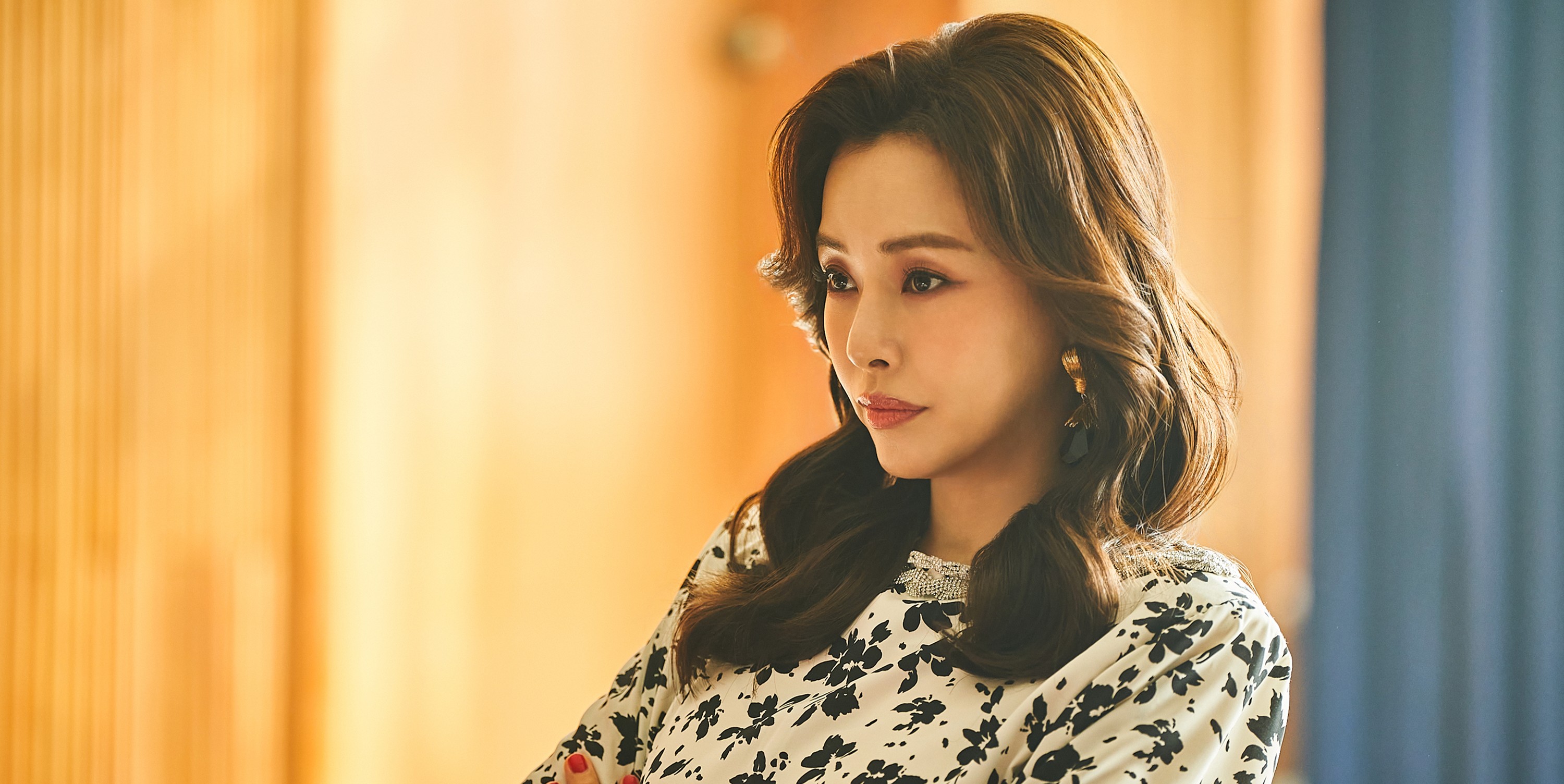
‘Aema’ does not shy away from applying its cultural critique outside of the period the show covers. Instead, it creates an environment where one is compelled to look at the present state of the creative industry in a new light. Director Lee Hae-young spoke about this extra dimension to his work, stating, “Right now, we’re telling a story set in the 1980s with ‘Aema,’ but if you look closely at the details, you’ll find that it connects to and resembles the world we live in today (…) I feel like people similar to Joong-ho still exist, at least within the film industry.” With this, the creators of the series showed their consciousness of such problems and pointed out how expressing their concerns through a medium can be effective. The director explained that he made the series in the spirit of peeling the layers of showbiz and exposing the barbarism that may lie within.
Read More: Is Rivers of Fate a True Story? Are Janalice and Preá Based on Real People?

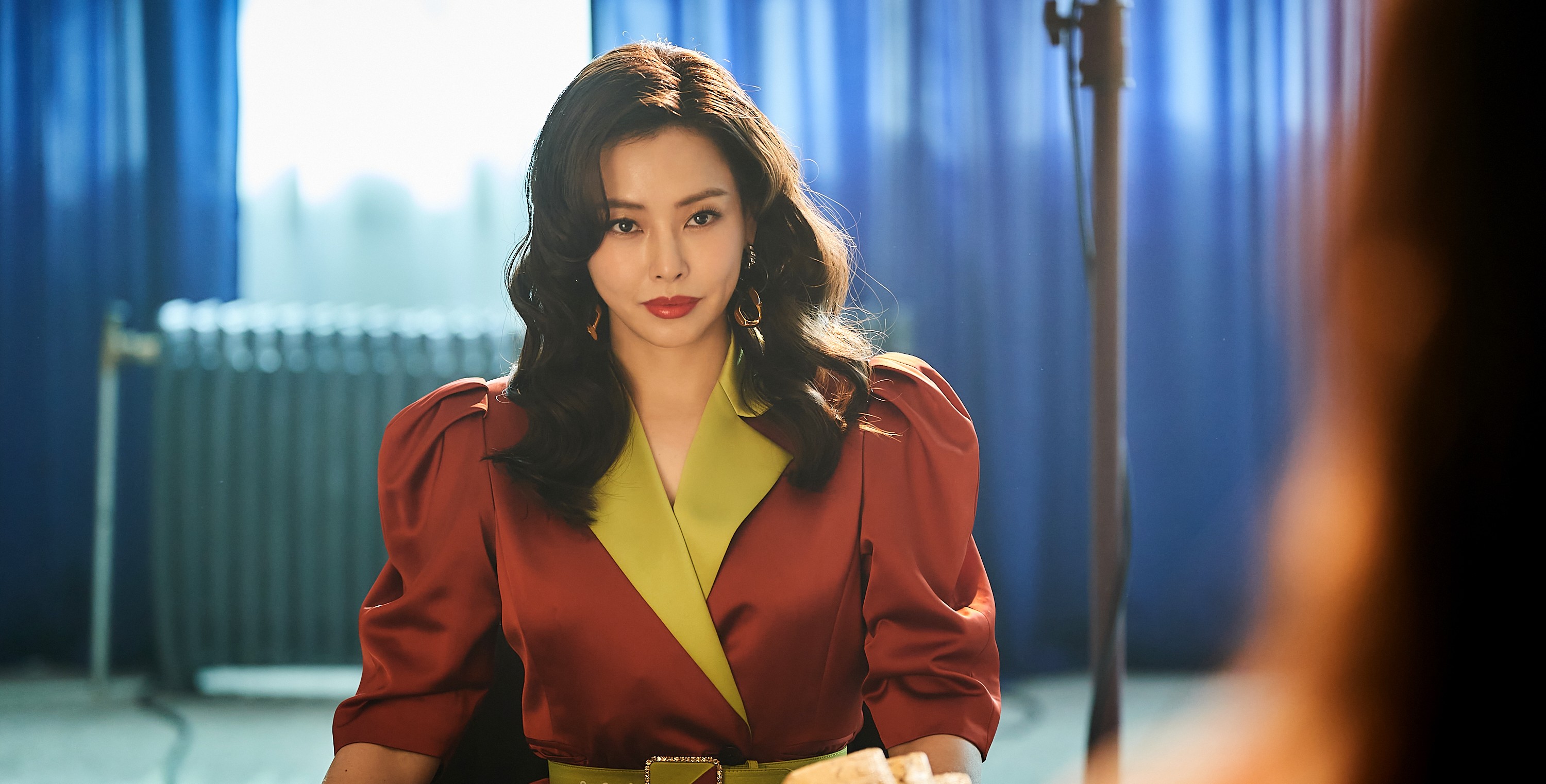
You must be logged in to post a comment.